Noble Completes Acquisition of Federal Resources
With a wider range of mission critical products, the new organization offers customers streamlined procurement and reduced supply chain risk.
CAPABILITIES
NOBLE’s fully integrated supply chain management system includes logistics and technical support, procurement, inventory, and distribution management. NOBLE is your mission-tested partner to shorten the logistics pipeline and streamline the procurement process.
Our Markets
The right tools to do the job, on time – every time.
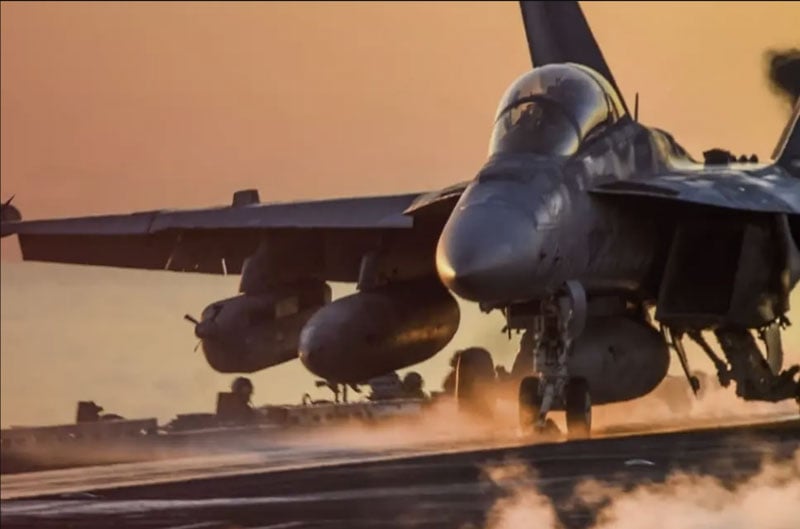
Aerospace
NOBLE offers expeditious mission-critical and aircraft readiness solutions. Focused on providing quick response to changing requirements, we provide global supply and logistics support to the U.S. Military and Allied Nations.
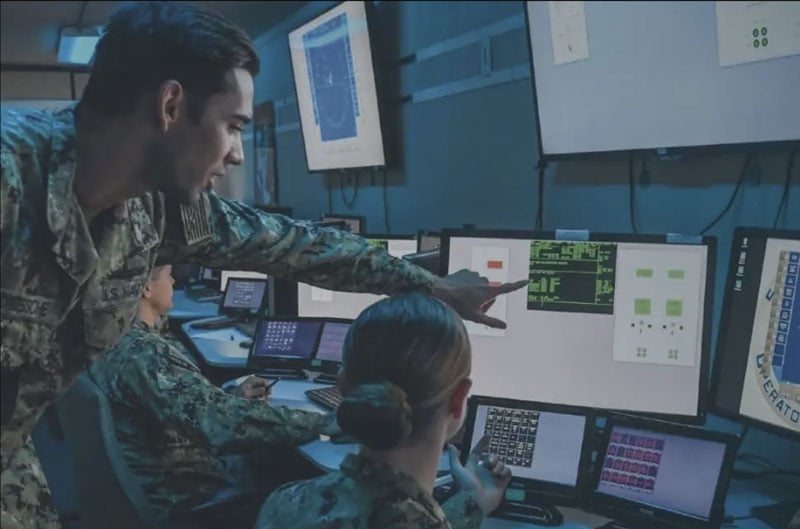
C5ISR
Command, Control, Communications, Computers, Cyber, Intelligence, Surveillance & Reconnaissance, is a critical component of modern military operations. It encompasses a wide range of technologies and capabilities that are essential for ensuring effective command and control, real-time situational awareness, and the ability to rapidly respond to evolving threats.
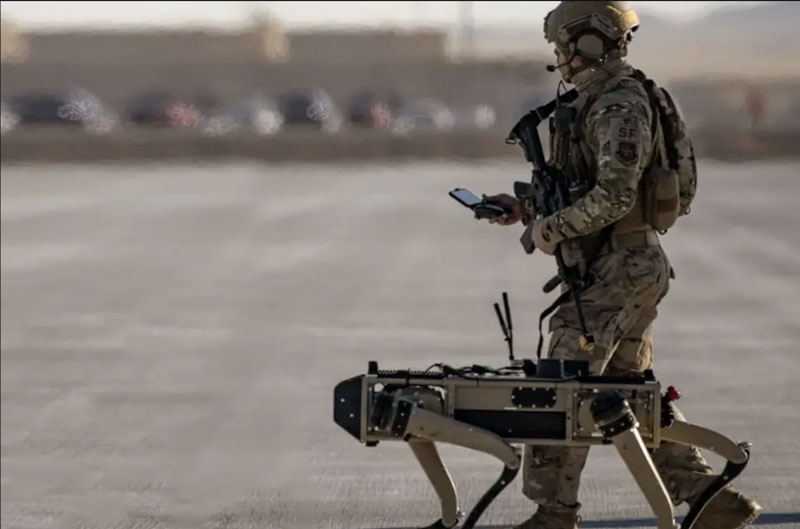
CBRNE
The threats of terrorism, war, and climate change are growing global concerns, leading to increased spending on chemical, biological, radiological, and nuclear defense (CBRN), explosive ordnance disposal (EOD), and fire & emergency services (FES) equipment by government parties around the world.
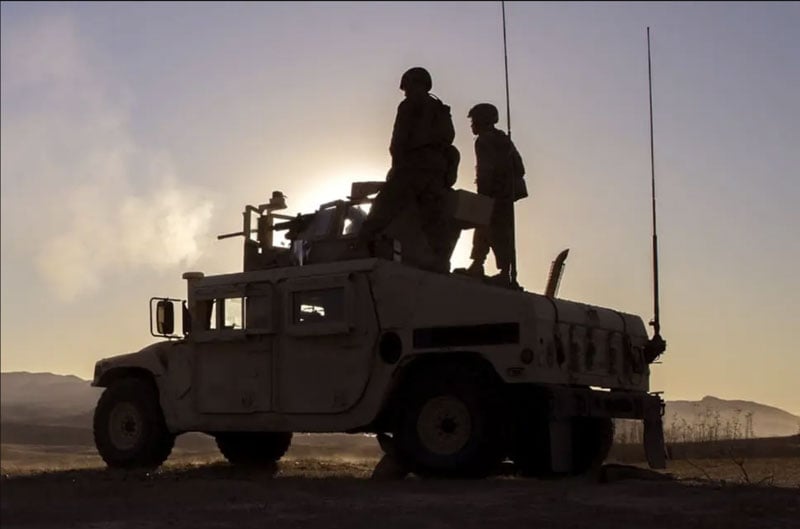
exped
NOBLE partners with manufacturing industry leaders to support expeditionary forces in the field and beyond. Our operational solutions are designed to sustain and improve the warfighter’s combat effectiveness and overall quality-of-life in extreme or austere environments.

MRO
At NOBLE, we understand the critical importance of keeping your facilities and processes operating at peak efficiency. That's why we offer a comprehensive range of Maintenance, Repair, and Operations (MRO) products and services designed to help you achieve your goals.
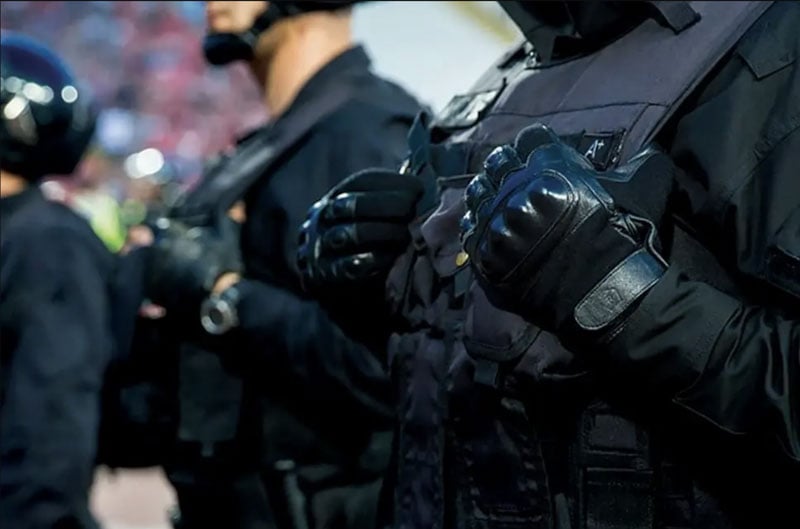
Tactical
At NOBLE, we understand the importance of mission-focused tactical gear and equipment to military, law enforcement, and disaster response professionals worldwide. Our goal is to provide high-quality gear that enables our customers to perform their duties safely and effectively.
TRAINING
NOBLE's Training Team is staffed with full-time training managers and over 65 subject matter expert trainers, with a combined 1,000 hours of first-hand operational experience. Our diverse and experienced team allows NOBLE the ability to deliver relevant, customized, mission-specific training.
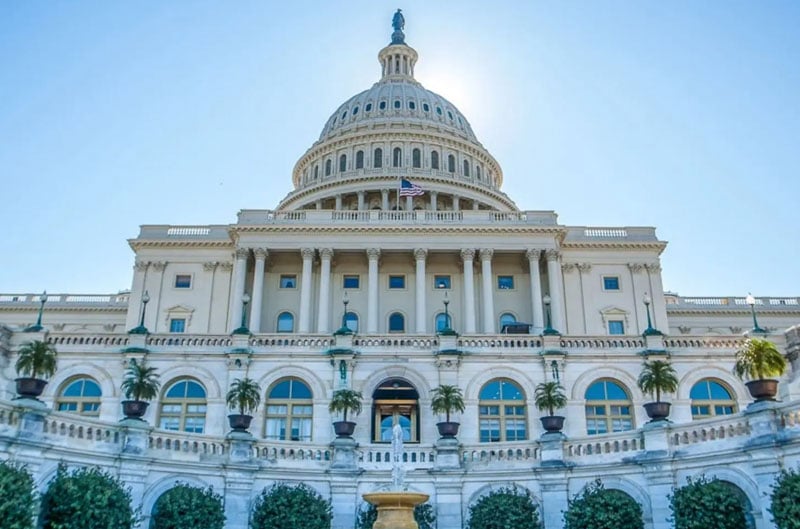
Contracts
NOBLE’s contractual agreements with the U.S. Government and individual states allow us to provide a wide range of products, materials, equipment and services to military, federal civilian, and state and local customers. NOBLE streamlines procurement while reducing the cost of readiness.

TECHNOLOGY
NOBLE combines technical expertise and best-in-class technology with mission knowledge to continuously increase efficiency and optimize supply chain operations. Our cutting-edge data analytics and customized user interfaces provide end-to-end supply chain visibility from order to fulfillment to delivery, increasing efficiency, reducing costs, and ensuring mission readiness.
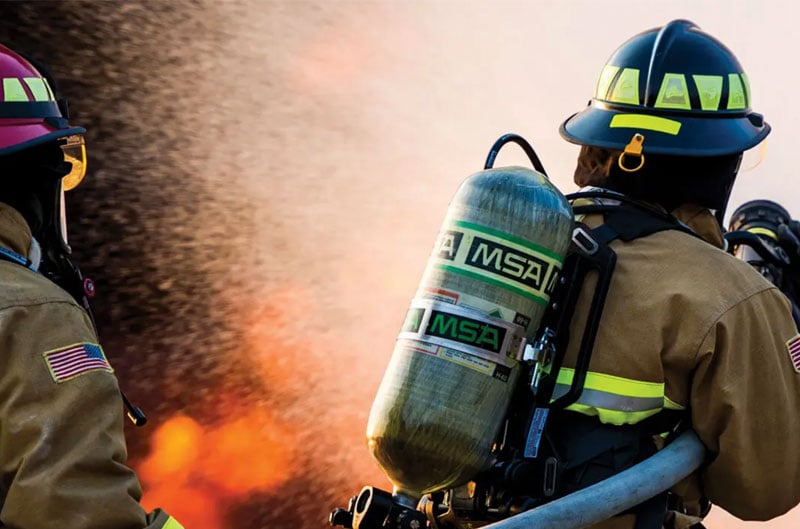
SERVICES
NOBLE offers specialized services to sustain and manage equipment through KD Analytical, a NOBLE Company.
Have Questions?
Contact us today and one of our service representatives will be in touch.
